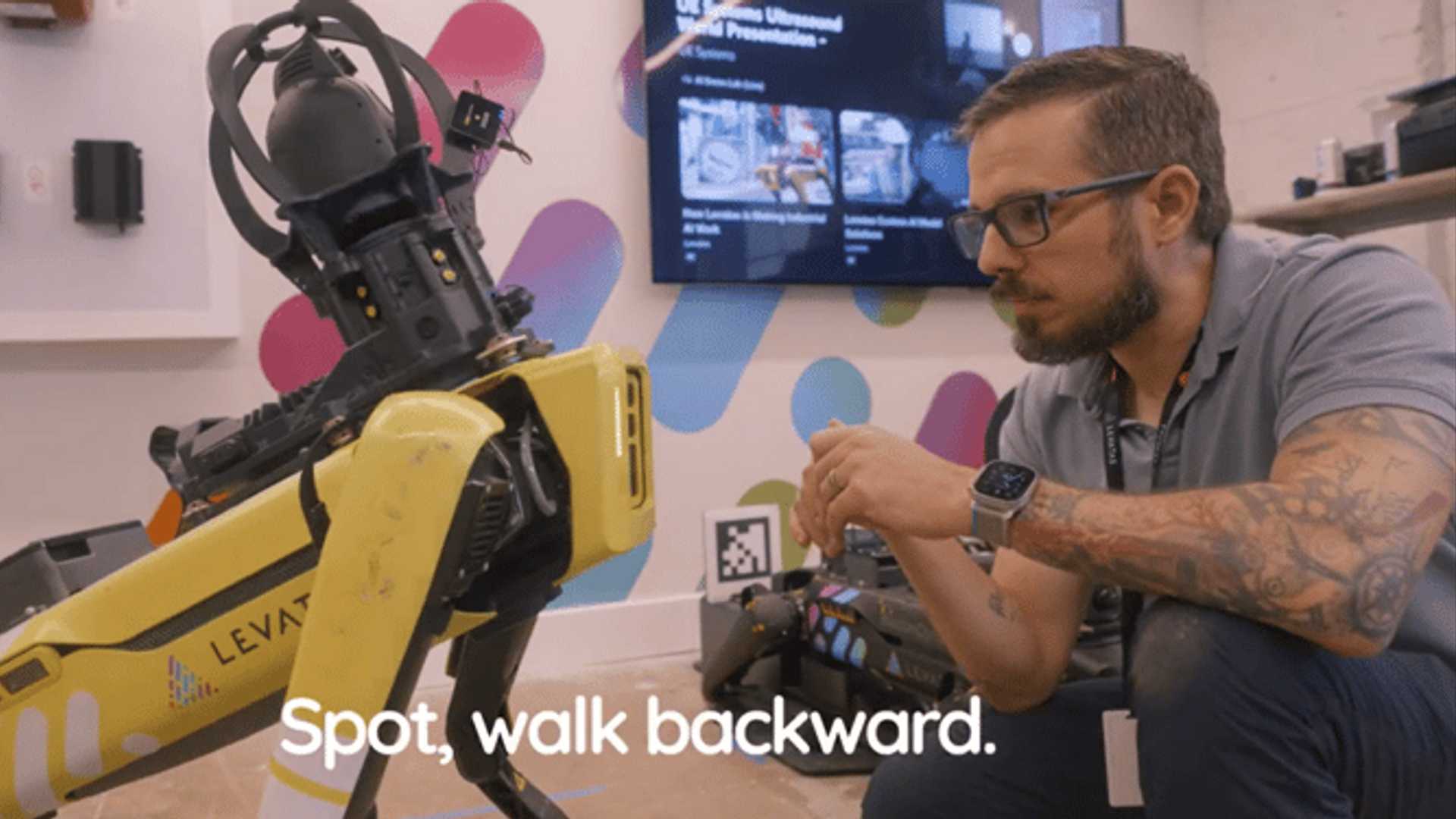ChatGPT Injected into Boston Dynamics’ Spot
Boston Dynamics’ robot dog Spot has recently been upgraded with OpenAI’s ChatGPT and Google’s speech function, enabling the robot dog to translate complex data into a language that humans can easily understand. By integrating ChatGPT and Google’s text-to-speech AI, the aim is to ultimately create a robot that can inform humans about its next missions or how much battery is left.
In a video demonstration from AI expert, Santiago Valdarrama, the researchers at Levatas, an AI company working with Boston Dynamics, showcased Spot’s ability to keep them updated about its upcoming tasks and status. With the integration of ChatGPT, better communication between humans and robot dogs can be achieved. Each mission the robot embarks upon uses “miles-long, hard-to-understand configuration files” which can only be interpreted by those specialized in that area. Santiago Valdarrama said on Twitter, “At the end of each mission, the robots capture a ton of data. There’s no simple way to query all of it on demand. That’s where ChatGPT comes in. We show it the configuration files and the mission results. We then ask questions using that context.”
With the injection of ChatGPT and Google’s speech-to-text capabilities, Spot is now able to provide humans with sound-based answers. During the demonstration video, Spot informed Valdarrama about its battery level, its previous mission, and the part of the building it was in. The researchers were even able to make the robot move by giving it a voice command– telling it “you’re crowding my space.”
The ability to interact with Spot offers many practical venues for exploration. For instance, robots could be deployed in dangerous missions that require some degree of autonomy, like clearing out explosives or inspecting radioactive environments. Although humanoid robots are still a decade or more away, current capabilities would allow using Spot-like robots for repetitive tasks such as reading and digitizing a facility with 100,000 analog gauges, according to Daniel Bruce, chief product officer for Levatas.
However, some fears exist that robot dogs could be misused against humans. Last year, a Twitter user shared a video of someone in Russia firing a gun from a Chinese-made quadruped robot, which sparked concerns that robot dogs would be used against humans. Such fears have been voiced for several years, and even the cult anthology TV series Black Mirror dedicated a whole episode, Metalhead, to the device back in 2017.
As technology advances, so do the fears of what it is capable of. Nonetheless, with the integration of ChatGPT and Google’s speech-to-text capability into Spot, the ability to communicate with these robots has improved significantly, and the possibility of using them for practical applications has become more accessible.




















